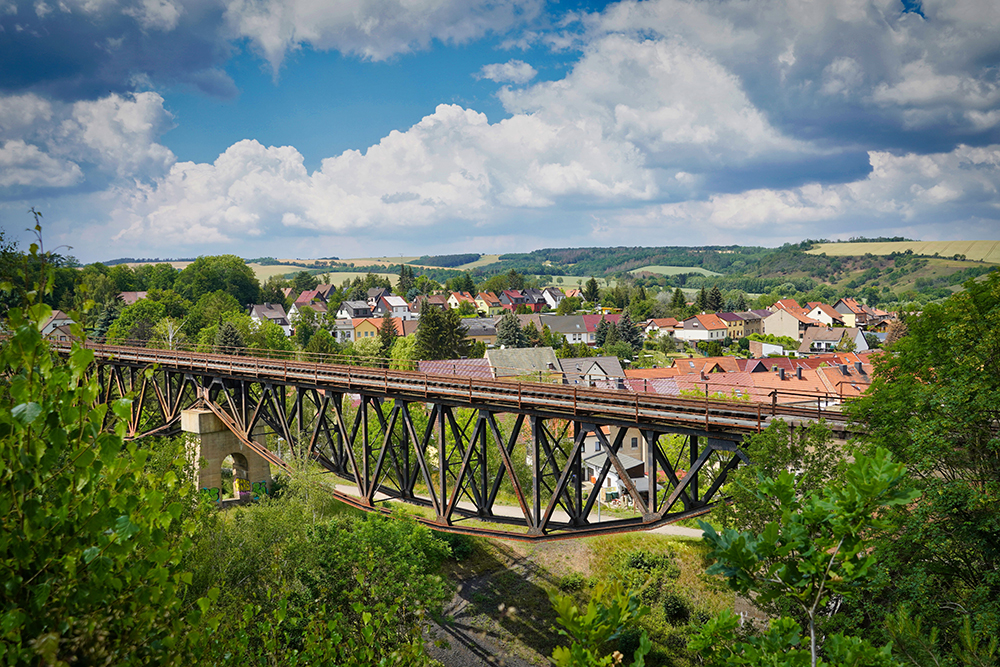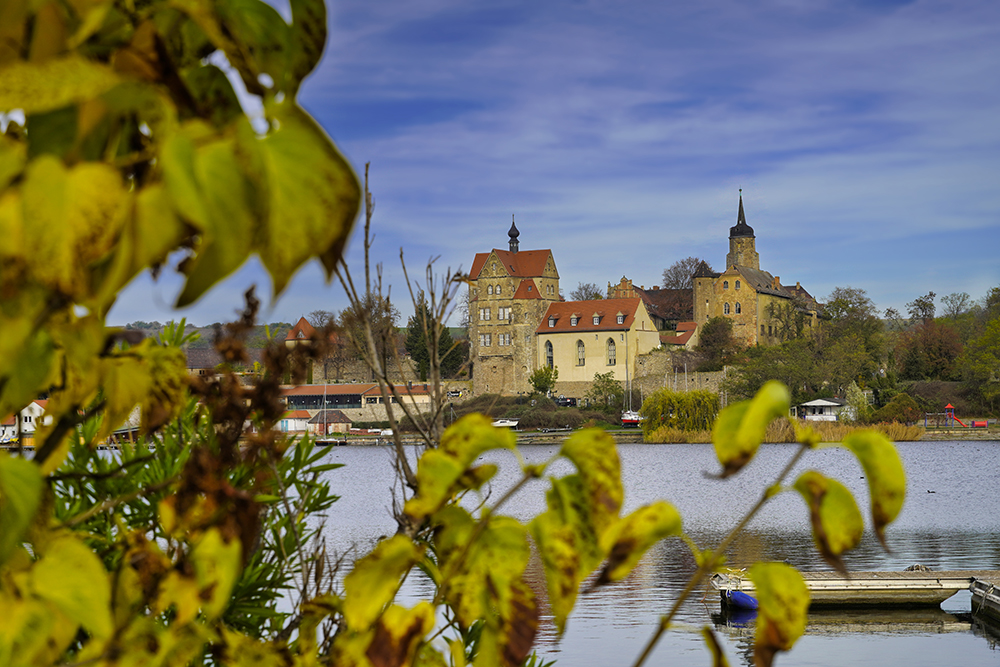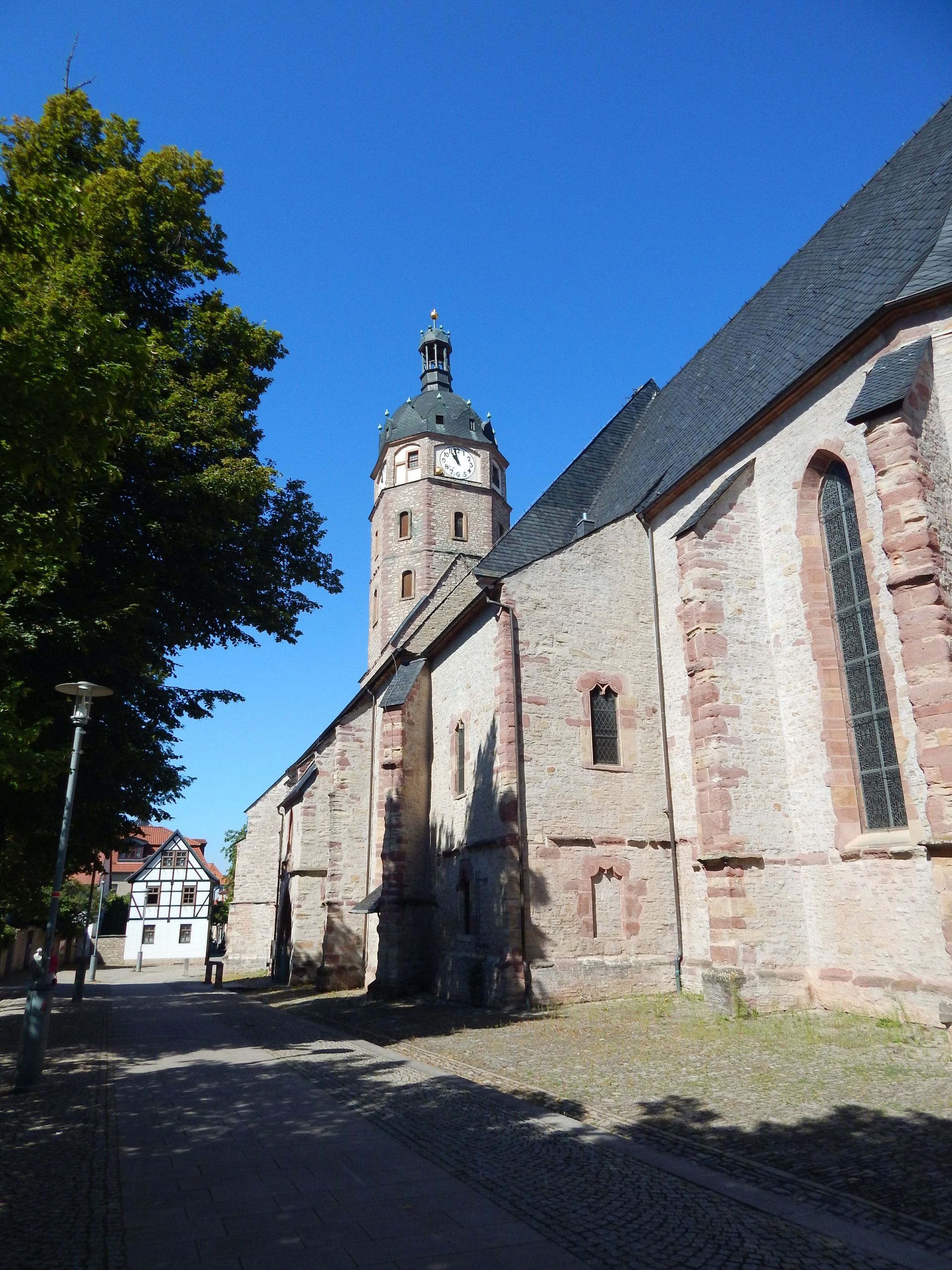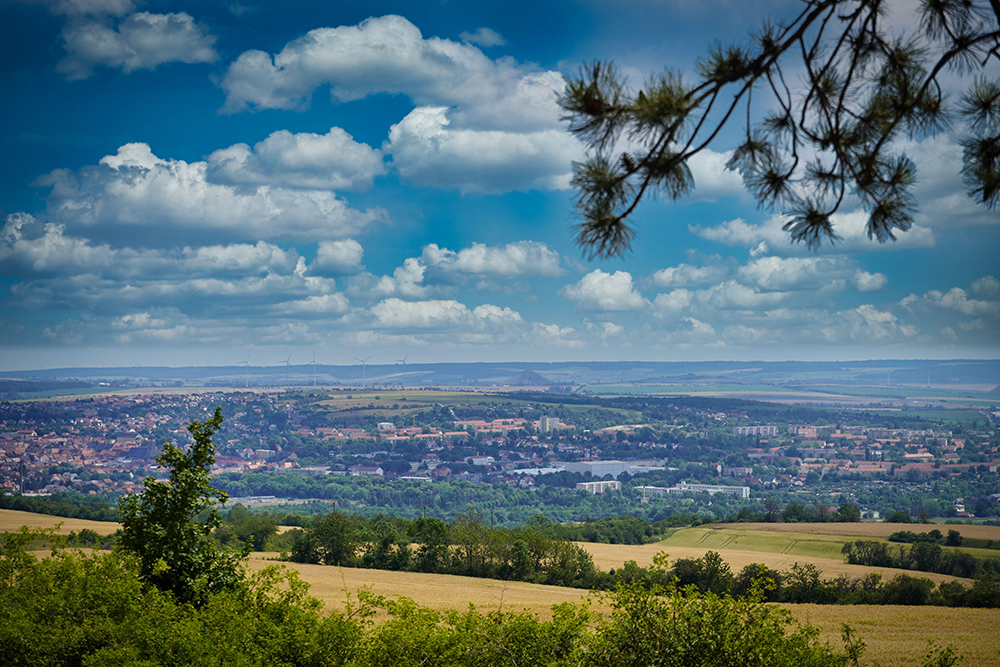Luther Way
Martin Luther set a ball rolling with his theses. He had an impact far beyond the places where he grew up and died. Even today, the Reformation fascinates as much as its players and adversaries. The network of Luther trails between Dresden in the east and Mannheim in the southwest of Germany crosses impressive landscapes and leads past places where the Reformation took place. A special section runs over 81 kilometres through the Mansfeld region with the Luther towns of Eisleben and Mansfeld, as well as through Stolberg in the southern Harz region, the birthplace of Thomas Müntzer.
Coming from the east, the town of Höhnstedt in the Salza valley immediately sets the mood for a drink that was popular with Luther - wine. There are numerous opportunities for tasting in the wine-growing area before you reach the UNESCO World Heritage Site of Luther's towns of Eisleben with the house where he was born and died, and Mansfeld with Luther's childhood home. Numerous museums provide information on the history of the Reformation. From the castle in Mansfeld, there is a wide view of the eastern foothills of the Harz Mountains and the "Mansfelder Thal", which had such a strong influence on the life of the reformer.
The following trail dives into the enchantingly barren gypsum karst landscape, past village churches in Gorenzen and Wippra to the silvery shady halls of the beech forests around Stolberg. The Josephskreuz offers a highlight here before reaching the picturesque European half-timbered town with Stolberg Castle in the valley of the Thyra. Here another birth intervened in the course of Reformation history: Thomas Müntzer, peasant leader and Luther's adversary, saw the light of day in one of the half-timbered houses. Shortly after Stolberg, the Luther Trail continues westwards across the Thuringian border.










